Coffee prices today (June 19) in the domestic market are stable. Accordingly, the highest transaction price in the localities is 66,700 VND/kg, recorded in Dak Nong province.
Update domestic coffee prices
According to a survey at 10:55, coffee prices are quiet today.
According to records, localities are purchasing coffee at prices ranging from 66,000 - 66,700 VND/kg.
Of which, Lam Dong and Kon Tum provinces have the lowest price of 66,000 VND/kg. Next is Gia Lai province with the price of 66,200 VND/kg.
At the same time of survey, Dak Lak province had a purchase price of 66,500 VND/kg.
Dak Nong recorded a transaction price of 66,700 VND/kg. This is the highest transaction price among the surveyed localities.
Local survey | Average purchase price | Change from yesterday's record |
Dak Lak | 66,500 | - |
Lam Dong | 66,000 | - |
Gia Lai | 66,200 | - |
Dak Nong | 66,700 | - |
Kon Tum | 66,000 | - |
Unit: VND/kg
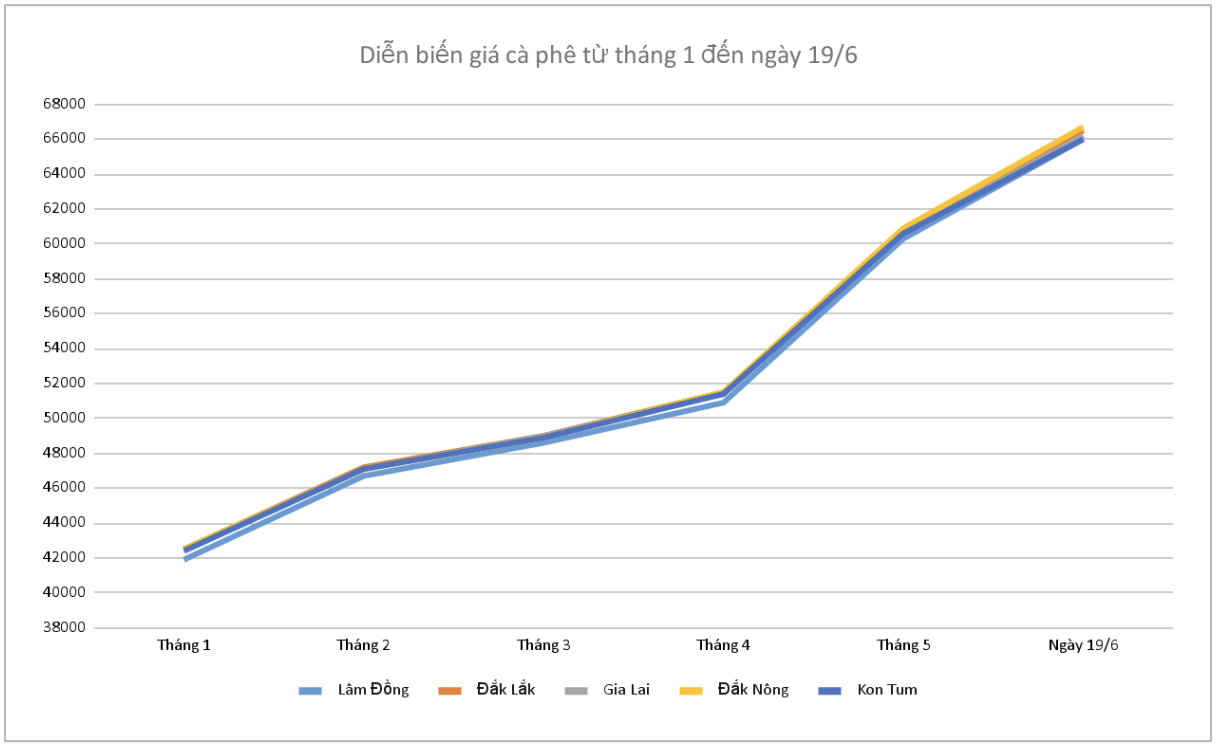
Coffee price developments from January to June 19. (Synthesis: Anh Thu)
Update world coffee prices
According to records, coffee prices on the world market have decreased. Specifically, the online price of robusta coffee in London for delivery in July 2023 was recorded at 2,796 USD/ton after decreasing by 0.29% (equivalent to 8 USD).
The price of Arabica coffee for July 2023 delivery in New York was at 184.9 US cents/pound after increasing 1.12% (equivalent to 2.1 US cents) at the time of survey at 6:40 a.m. (Vietnam time).

Photo: Anh Thu
Coffee exports recorded declines across most suppliers, with South America down 6.4% to nearly 3.6 million bags in April, driven by a 17.9% decline in the region’s three main producers, Brazil, Colombia and Peru.
Brazil and Colombia saw declines of 2.5% and 14.8%, respectively, to 2.7 million bags and 0.7 million bags, respectively. In Colombia, adverse weather conditions are negatively affecting the country’s coffee production and exports, with Colombia’s coffee output falling 6% in April.
Peru continued to see a sharp decline in exports of 62.5% in April as adverse weather and political instability in key producing regions greatly affected the country's export supply.
Similarly, coffee exports from Africa fell 9.8% year-on-year to 0.9 million bags in April. In the first seven months of the current crop year, African coffee exports reached 6.9 million bags, down 5.9% year-on-year.
In April, major African exporters Ethiopia, Kenya and Uganda saw declines of 17.6%, 25.8% and 8.4% respectively.
The impact of drought at the start of the current crop year, coupled with lower exports to Sudan, were among the reasons for the decline in coffee exports, the Uganda Coffee Development Authority said. Meanwhile, in Ethiopia, a contract dispute arising from a gap between domestic and international prices has affected coffee exports in the first months of 2023. Exporters are holding back coffee until the disputes are resolved.
Coffee exports from Central America and Mexico increased by 6.3% in April to 1.9 million bags, with Costa Rica, Honduras and Nicaragua growing by 27%, 13% and 11.2% respectively. However, the region’s coffee exports for the first seven months of the current crop year have fallen by 4% to 8.01 million bags.
Meanwhile, in Asia and Oceania, the region's coffee exports fell 1% to just over 3.7 million bags in April 2023. However, the overall 7-month figure still increased by 1.1% to 27.5 million bags. This is also the only region with an increase in export volume so far in the 2022-2023 crop year.
In April, Indonesia's exports fell sharply by 24.6%, far exceeding the positive growth of 3.1% in Vietnam, the region's top manufacturer and exporter.
Source



![[Photo] Prime Minister Pham Minh Chinh chairs a special Government meeting on the arrangement of administrative units at all levels.](https://vphoto.vietnam.vn/thumb/1200x675/vietnam/resource/IMAGE/2025/5/9/6a22e6a997424870abfb39817bb9bb6c)
![[Photo] Russian military power on display at parade celebrating 80 years of victory over fascism](https://vphoto.vietnam.vn/thumb/1200x675/vietnam/resource/IMAGE/2025/5/9/ce054c3a71b74b1da3be310973aebcfd)
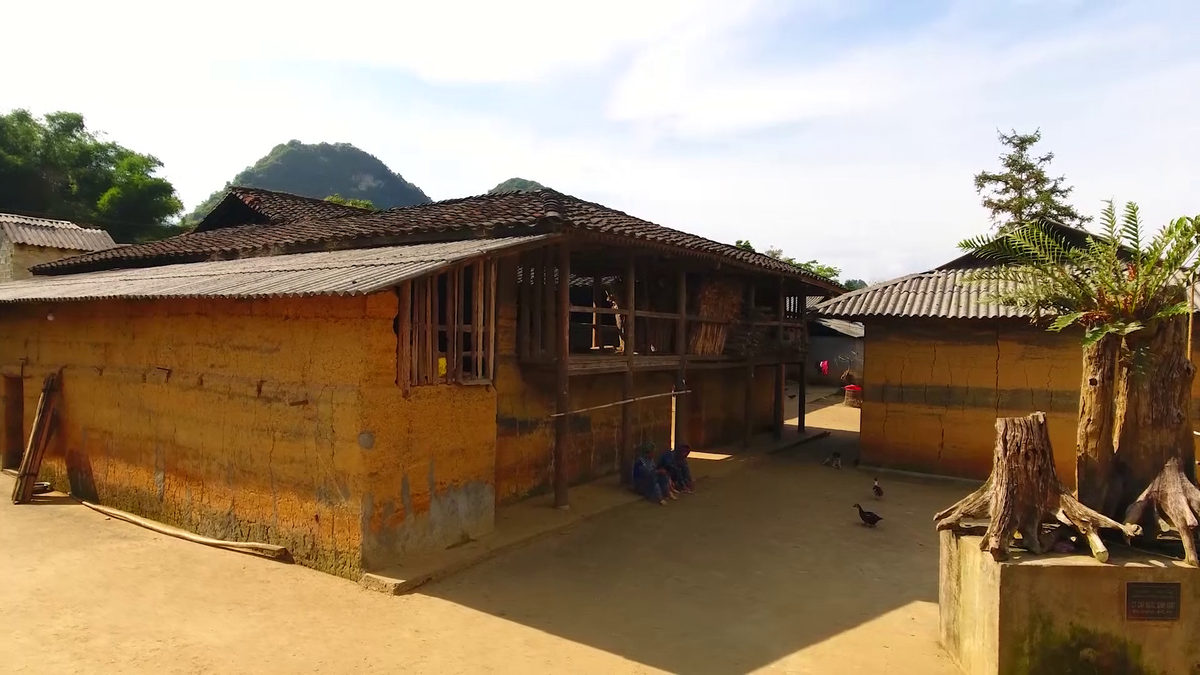
![[Photo] Magical moment of double five-colored clouds on Ba Den mountain on the day of the Buddha's relic procession](https://vphoto.vietnam.vn/thumb/1200x675/vietnam/resource/IMAGE/2025/5/9/7a710556965c413397f9e38ac9708d2f)
![[Photo] General Secretary To Lam and international leaders attend the parade celebrating the 80th anniversary of the victory over fascism in Russia](https://vphoto.vietnam.vn/thumb/1200x675/vietnam/resource/IMAGE/2025/5/9/4ec77ed7629a45c79d6e8aa952f20dd3)
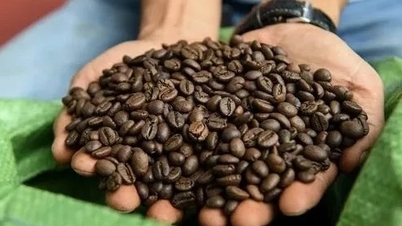


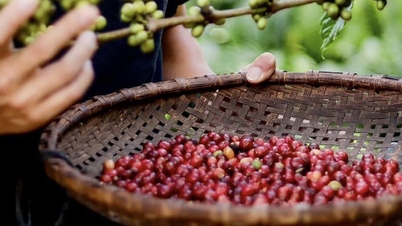













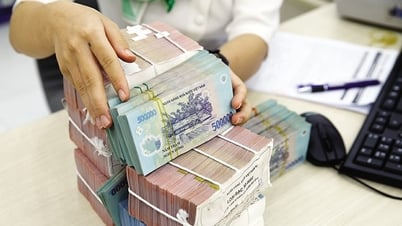



















































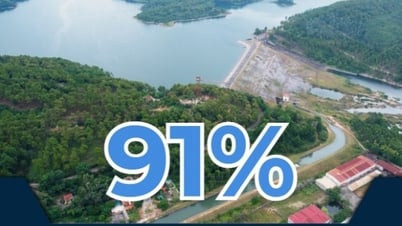



















Comment (0)